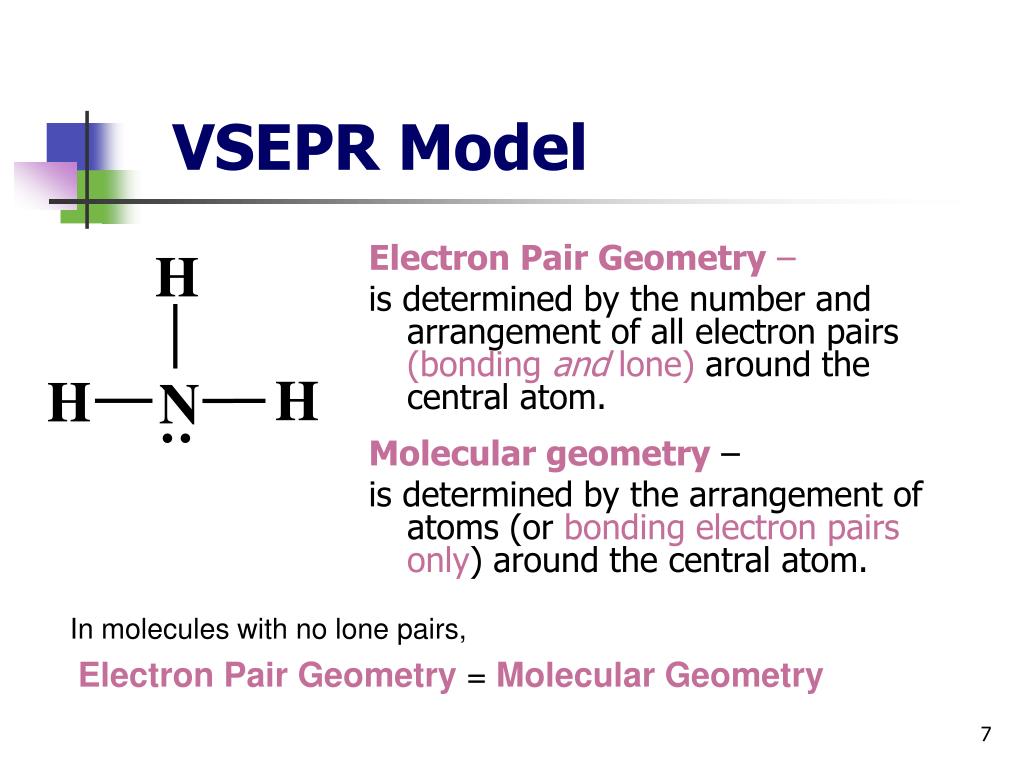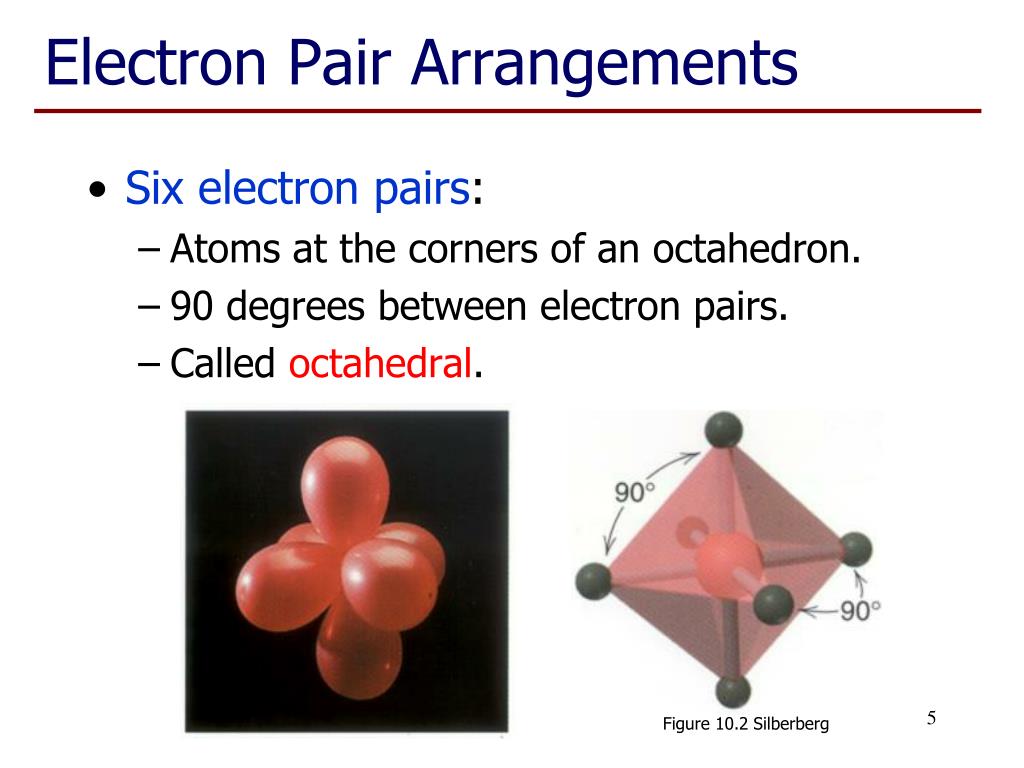
Generated by the RDKit, remember that the 4 in ECFP4 corresponds to When comparing the ECFP/FCFP fingerprints and the Morgan fingerprints GetMorganFingerprint ( m2, 2, useFeatures = True ) > DataStructs. GetMorganFingerprint ( m1, 2, useFeatures = True ) > ffp2 = AllChem. GetMorganFingerprint ( m2, 2 ) > ffp1 = AllChem. GetMorganFingerprint ( m1, 2 ) > fp2 = AllChem. MolFromSmiles ( 'c1ccco1' ) > fp1 = AllChem. MolFromSmiles ( 'c1ccccn1' ) > m2 = Chem. One can use different similarity metrics: The default set of parameters used by the fingerprinter is: More details about the algorithm used for the RDKit fingerprint can be found in the “RDKit Book”. > from rdkit import DataStructs > ms = > fps = > DataStructs. Require that the two atoms have the same valency. When True, the atomCompare setting is modified to also The default matchValences value of False ignores valence You might not want a 3-valent nitrogen to match one which is 5-valent. Maximizing the number of bonds tends to maximize the number of rings,Īlthough two small rings may have fewer bonds than one large ring. Setting the maximizeBonds argument to False. By default, the algorithmĪttempts to maximize the number of bonds found. smartsString '(:,-:,-:,-):,-:,-'Ī substructure has both atoms and bonds. matchers ( atom ): return False seen = 1 for nbr in atom. GetAtomWithIdx ( midx ) # now do a breadth-first search from that atom, checking # all of its neighbors that aren't in the substructure # query: stack = while stack : atom = stack. _atsToExamine : midx = vect stack = atom = mol. GetNumAtoms () for idx in vect : seen = 1 # loop over the atoms we care about: for idx, qtyp in self. _pName = pName def _call_ ( self, mol, vect ): seen = * mol. > colours = > atom_cols = def _init_ ( self, query, pName = "queryType" ): # identify the atoms that have the properties we care about self.
#ELECTRON PAIR GEOMETRY CALCULATOR FULL#
The full process of embedding a molecule is easier than all the above verbiage makes it sound: Since the 2018.09 release of the RDKit, ETKDG is the default conformer generation method.
#ELECTRON PAIR GEOMETRY CALCULATOR GENERATOR#
More detailed information about the conformer generator and the parametersĬontrolling it can be found in the “RDKit Book”. Minimisation step to clean up the structures. With this method, there should be no need to use a Structural Database (CSD) to correct the conformers after distance geometry hasīeen used to generate them. Landrum 18 which uses torsion angle preferences from the Cambridge More recently, there is an implementation of the ETKDG method of Riniker and Using its implementation of the Universal Force Field (UFF). They should be cleaned up using a force field. Note that the conformers that result from this procedure tend to be fairly ugly. The resulting coordinates are cleaned up somewhat using a crude force field and the bounds matrix. This distance matrix is embedded in 3D dimensions (producing coordinates for each atom). The bounds matrix is smoothed using a triangle-bounds smoothing algorithm.Ī random distance matrix that satisfies the bounds matrix is generated.

The molecule’s distance bounds matrix is calculated based on the connection table and a set of rules. The original method used distance geometry. The RDKit can generate conformers for molecules using two different GenerateDepictionMatching3DStructure in AllChem.py for an example of 2DCoordsMimicDistmat(), but that isīeyond the scope of this document. More fine-grained control can be obtained using the core function Here is an illustration of the results using the ligand from PDB structure 1XP0: This is available using the function 3DStructure(). Running this process for the molecules above gives:Īnother option for Compute2DCoords allows you to generate 2D depictions for molecules that closely mimic 3D conformers. GenerateDepictionMatching2DStructure ( m, template ) Compute2DCoords ( template ) 0 > ms = > for m in ms. MolFromSmiles ( 'c1nccc2n1ccc2' ) > AllChem. The majority of the basic molecular functionality is found in module rdkit.Chem:

Reading and Writing Molecules ¶ Reading single molecules ¶ Contributing to the documentation is a great serviceīoth to the RDKit community and to your future self. In particular, if you find yourself spending time working out how toĭo something that doesn’t appear to be documented please contribute by writing

Send them to the mailing list: rdkit-devel. If you find mistakes, or have suggestions for improvements, pleaseĮither fix them yourselves in the source document (the. This document is intended to provide an overview of how one can use If you need to continue using Python 2, please stick with a release from the 2018.09 Getting Started with the RDKit in Python ¶ Important note ¶īeginning with the 2019.03 release, the RDKit is no longer supporting Python 2.


 0 kommentar(er)
0 kommentar(er)
